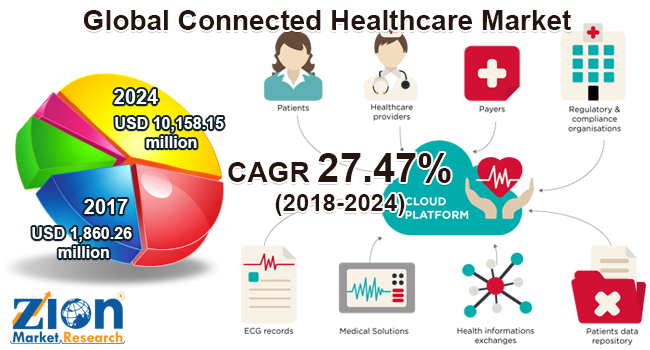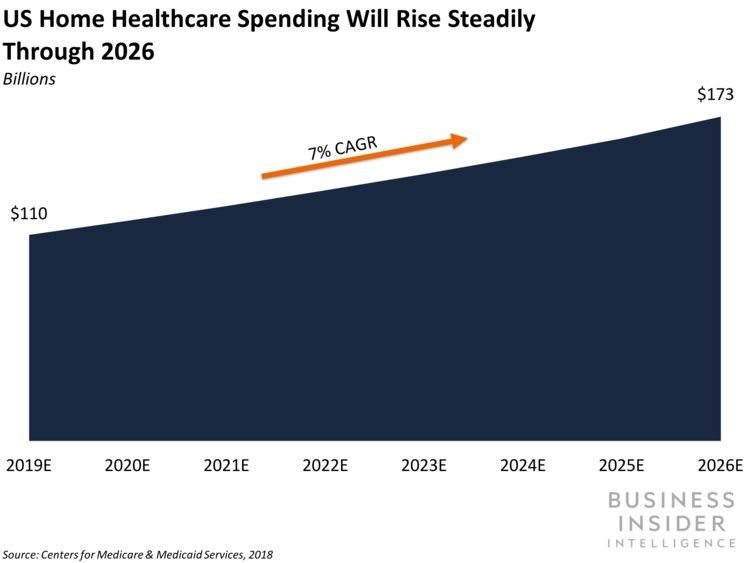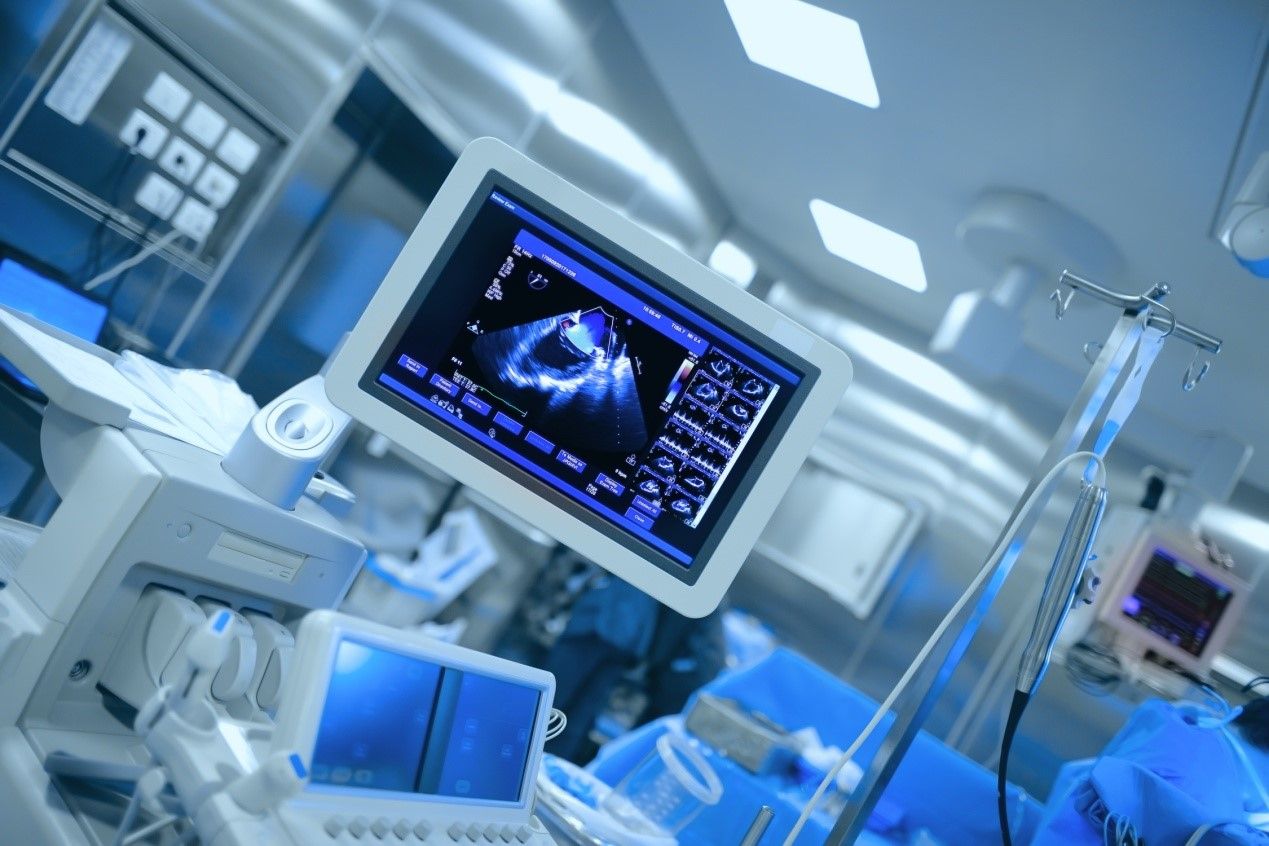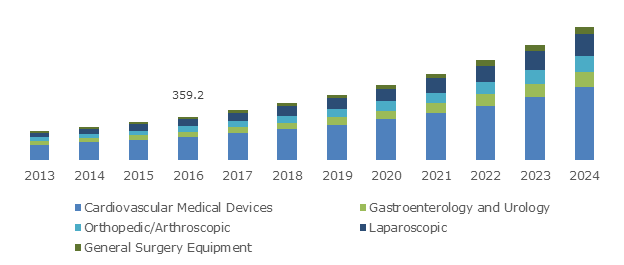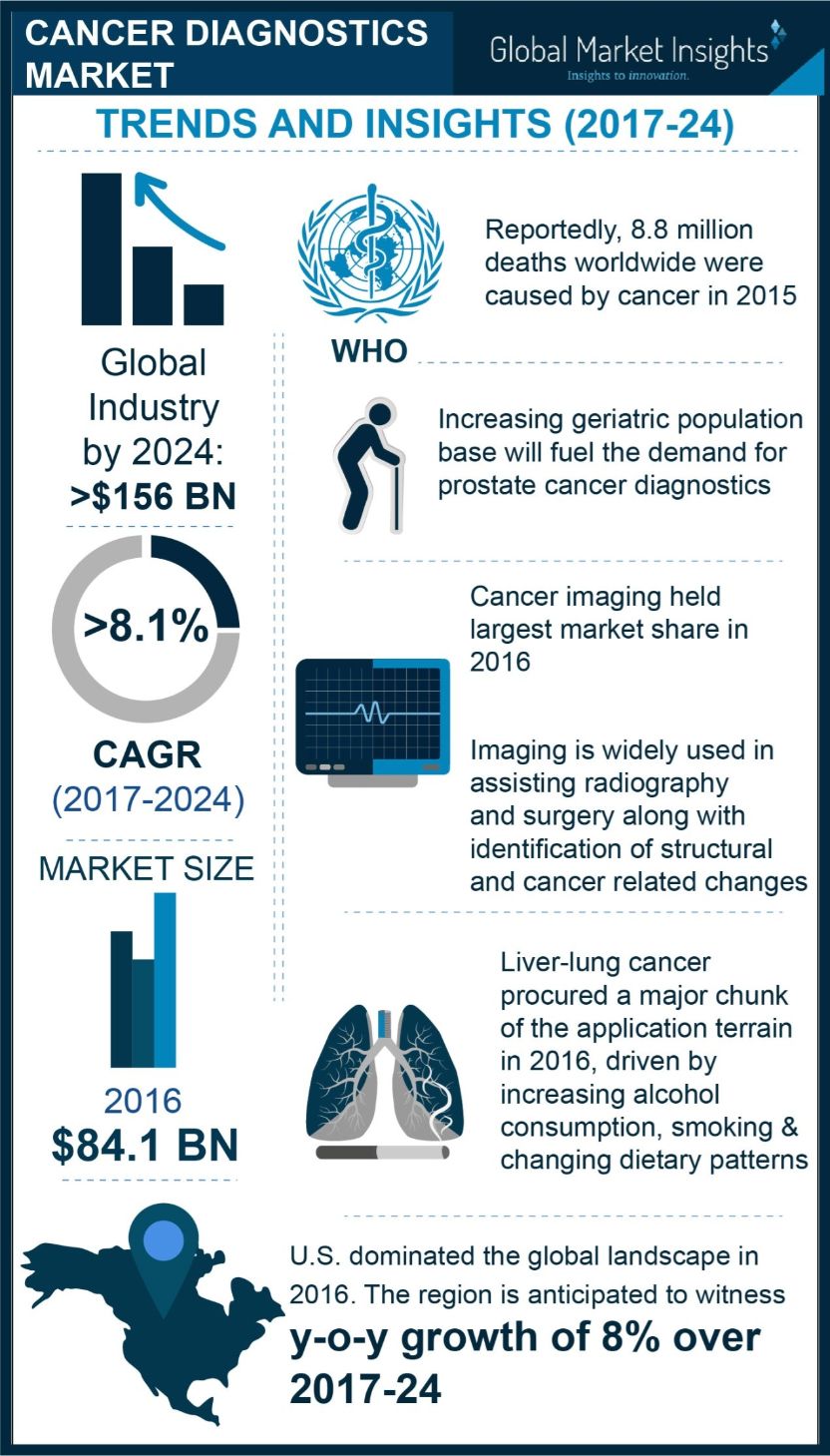
The World Health Organization’s definition of health says that it is "a state of complete physical, mental, and social well-being and not merely the absence of disease or infirmity."
Managing health, in terms of health indicators such as life expectancy, infant mortality and health insurance coverage, and sustaining a well functioning health system is a challenge that requires the cooperation of many parties across public and private sectors.
Healthcare organizations operate in a dynamic diagnostics and therapeutics ecosystem, challenged to incorporate scientific and technological driven processes, and deliver managed diagnosis and therapy to the discerning consumer with rising health awareness.
The Healthcare, Pharma, and Life Science industries, comprise of the manufacture of pharmaceuticals for human and veterinary use, medical equipment diagnostic laboratories, hospitals, and nursing and residential care facilities and related supplies.
The healthcare service providing business, health insurance, and pharmaceutical business are all at transforming to improve healthcare outcomes and efficiency, as well as offer easier access to healthcare services and cheaper healthcare to deliver the maximum value to patients.
The healthcare industry has been expanding owing to the growing demands for more effective drugs, and its patient-centric and value-driven care approach.
As consumers assume greater responsibility for out-of-pocket expenses and better managing their own health through a variety of consumer engagement initiatives, the quest is for a value-based health system, and healthcare organizations already incorporate digital technology for monitoring and communicating with patients, and smart patient engagement tools in improving quality, experience, and engagement.
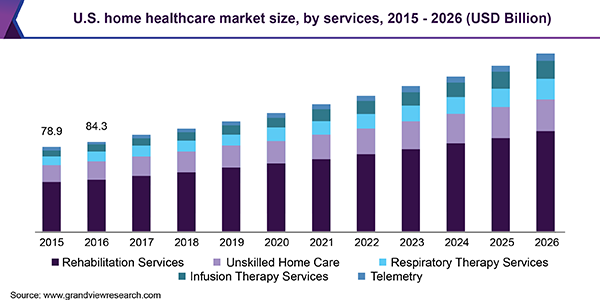
An aging population and the evolution of new diseases has fuelled the need to better and faster healthcare access.
Demographic and lifestyle changes: As the population ages, there will be an increased demand for healthcare – both in terms of drugs and care (assisted living). Growing awareness of health and wellbeing issues is also likely to have a significant impact on the demand for health-related goods and services.

Increasing prevalence of chronic conditions, staffing shortages, and other industry challenges are accelerating investments in connected health technology to deliver care more efficiently and to engage more effectively. New products and innovations like telemedicine and point of care devices are gaining ground.
Integration of IT and innovations in the field of next-generation sequencing, IoT, 3D Printing, and Artificial Intelligence are some of the recent developments fuelling market growth, and driving breakthrough developments in the industry.
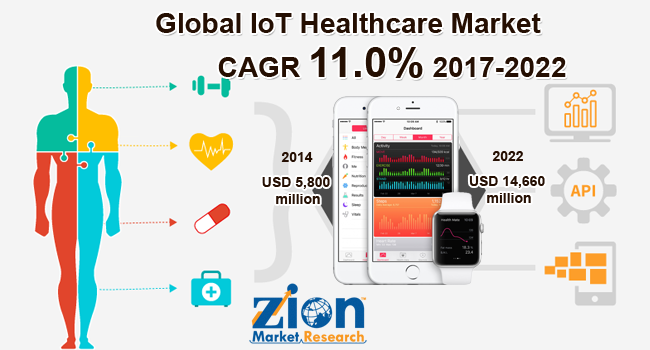
By 2020, 40% of healthcare providers will leverage machine learning and AI-algorithm advances to improve their cybersecurity capabilities with automated threat detection.
By 2020, adoption rates of IoT-enabled asset tracking and inventory management systems in hospitals will have doubled worldwide, improving patient safety, staff satisfaction, and operational efficiency.
IDC Health Insights
The remote monitoring devices point-of-care (POC) devices and fitness band are increasingly being adopted.
The advancement in non-invasive technologies has reduced the cost of treatment and shortened the recovery time.
As robotic technology matures, surgical robotics are becoming widespread to enhance patient outcomes by augmenting physician efficiency and eliminating medical errors, with a view to reducing the cost of surgery.
The rapid adoption of insulin pumps, artificial pacemakers, coronary stents and other mobility assist devices has contributed significantly to enhance the clinical outcomes. The workflow efficiencies have also increased due to integration of various Electronic Health Records (EHR) and Electronic Medical Records (EMR) of the patients.
In the therapeutic area, spending is on the rise across a broad range of R&D initiatives with several therapies transitioning to the final stage of clinical trials and nearing commercial launch.
The analytical and scientific instrumentation industry has evolved significantly over the past few decades, in terms of miniaturization, and automation, which offer high-throughput analysis and ease of operation.
With many drugs going off-patent, and rising government spending on pharmaceutical R&D in emerging nations, the drug development industry is one of the biggest users of analytical and scientific instrumentation and solutions, as pharmaceutical companies are investing heavily in the discovery and development of novel drugs.

Our research studies cover major therapeutic areas, such as paediatrics, cardiovascular, orthopedics, gynecology, hematology, neurology, dental, among others. Also cover areas such as drug and device combination, dental equipment market, respiratory therapy market, infusion therapy market, neurostimulators, eye related surgical technologies.
Our studies on healthcare services offer insights into the prevailing trends and opportunities in this sector, comprising of management, leadership, administration, and organization of healthcare networks to keep pace with the recent developments.
Data in the health industry cover health spending, hospital and physician infrastructure, and information on modern medical technology, diseases and health conditions, including prevention and therapy. Among the most commonly known preventions are all types of vaccinations which should prevent a possible disease in the future. Medication makes up a substantial part of therapies.
The market coverage includes pharmaceutical drugs such as cardiovascular drugs, gastrointestinal drugs, hematology drugs, genito-urinary drugs, and other drugs used to treat cardiovascular diseases, rare genetic disorders, infections, metabolic disorders, cancers, respiratory diseases and others.
We provide data on the pharma-pipeline and help drug developers identify key growth areas in the drug pipeline.

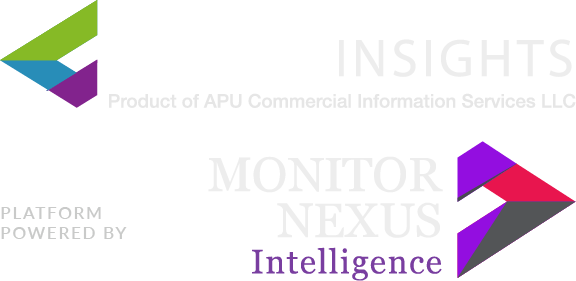
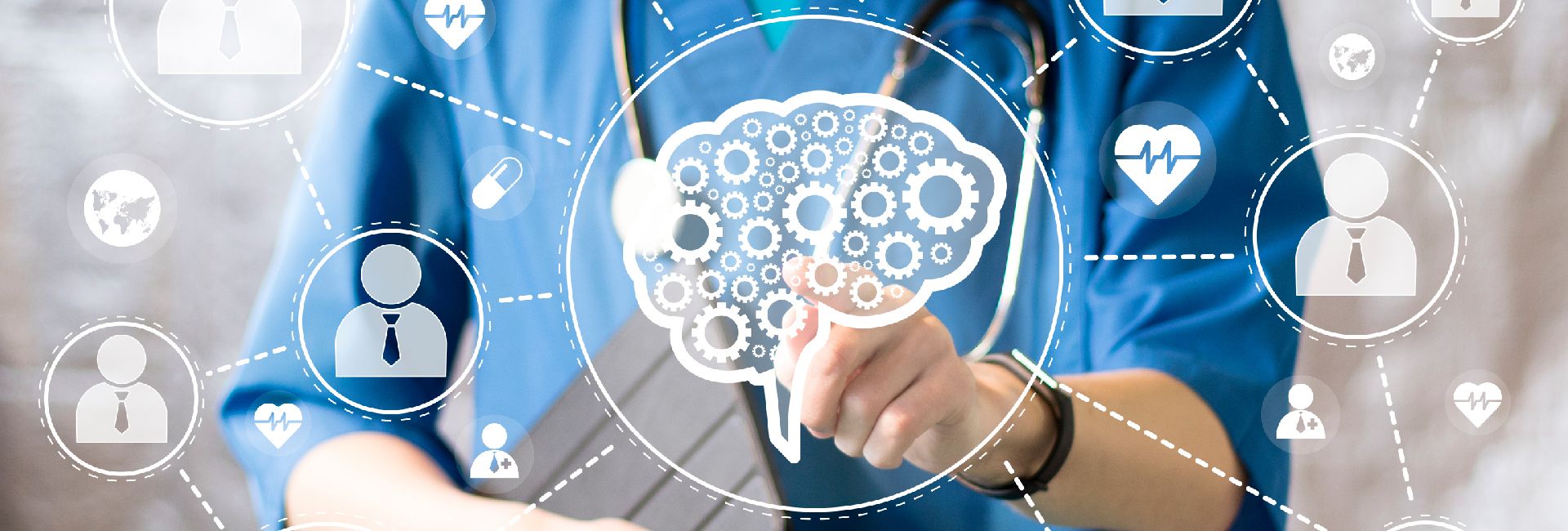
 Healthcare, Biotechnology & Pharmaceuticals
Healthcare, Biotechnology & Pharmaceuticals
